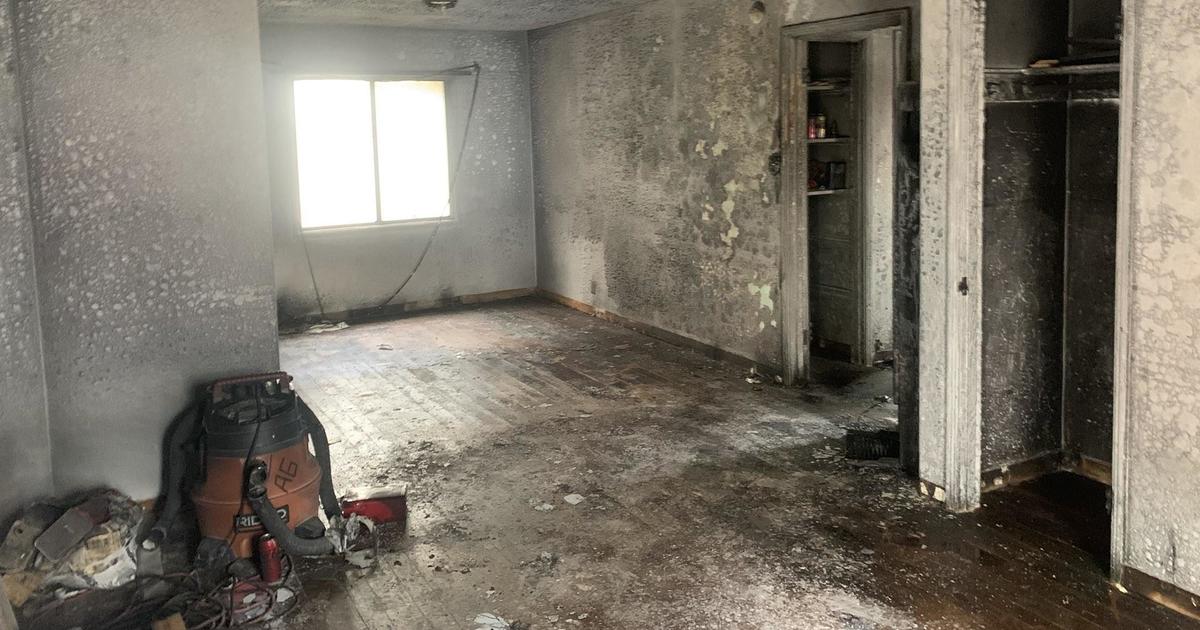'Throw It Away'; CDC Warns Against Eating Romaine Lettuce From Salinas Valley
SAN FRANCISCO (CBS SF) -- Federal health officials warned retailers and consumers not to eat or buy romaine lettuce from the Salinas Valley as an E. coli outbreak grew to 102 people.
While the Centers for Disease Control and Prevention had issued a cautionary warning week ago, the federal health officials toughen the alert as the number of those infected in 23 states continued to grow.
Illnesses started being reported September 24 to November 18. Victims range in age from less than 1 to 89 years, with a median age of 25. Sixty-five percent of ill people are female. Of 98 ill people with information available, 58 hospitalizations have been reported, including 10 people who developed hemolytic uremic syndrome (HUS), a type of kidney failure. No deaths have been reported.
The CDC said its warning included all types of romaine lettuce grown in Salinas such as whole heads of romaine, organic romaine, hearts of romaine, romaine in salad wraps, and packages of precut lettuce and salad mixes which contain romaine, including baby romaine, spring mix, and Caesar salad.
If you have romaine lettuce or packaged foods containing romaine at home the CDC recommended:
- Look for a label showing where the romaine lettuce was grown. It may be printed on the package or on a sticker.
- If the label says "grown in Salinas" (whether alone or with the name of another location), don't eat it. Throw it away.
- If it isn't labeled with a growing region, don't eat it. Throw it away. If you don't know if the lettuce is romaine or whether a salad mix or wrap contains romaine, don't eat it. Throw it away.
- Wash and sanitize drawers or shelves in refrigerators where romaine lettuce was stored. Follow these five steps to clean your refrigerator.
- Look for a label showing where the romaine lettuce was grown. It may be printed on the package or on a sticker.
- If the label says "grown in Salinas" (whether alone or with the name of another location), don't buy it. If it isn't labeled with a growing region, don't buy it.
- People usually get sick from Shiga toxin-producing E. coli (STEC) 2 to 8 days (average of 3 to 4 days) after swallowing the germ.
- Some people with E. coli infections may get a type of kidney failure called hemolytic uremic syndrome (HUS).
- E. coli infection is usually diagnosed by testing a stool sample.
- Antibiotics are not recommended for patients with suspected E. coli infections until diagnostic testing can be performed and E. coli infection is ruled out. Some studies have shown that administering antibiotics to patients with E. coli infections might increase their risk of developing HUS, and a benefit of treatment has not been clearly demonstrated.
-
If you are buying romaine lettuce at a store the CDC recommends:
As for symptoms, federal health officials said:



